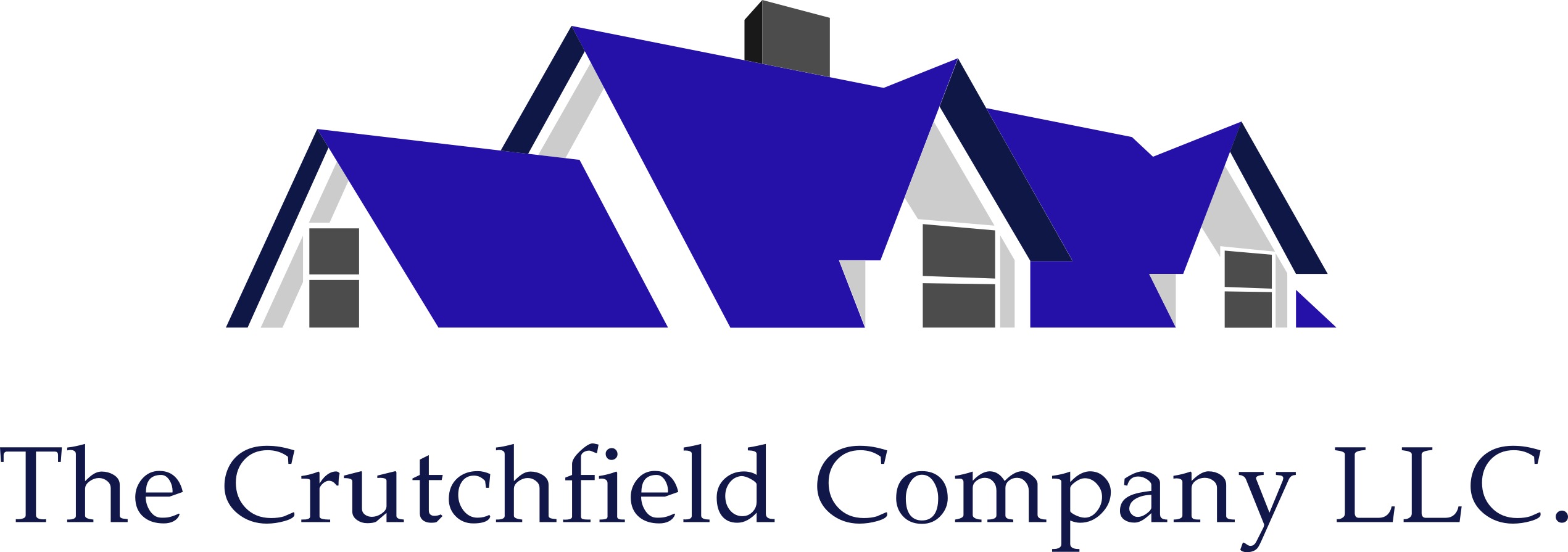Nov 12, 2019 by Liz Brumer
Owner financing, also referred to as seller financing, is a method of financing a property in which the owner of the property holds the buyer’s loan.
Owner financing is also called seller financing, seller carryback financing or seller carryback (because the owner “carries back,” or holds, the financing). It works like bank financing, but the buyer repays the seller by making monthly payments over an agreed-upon period with a specified interest rate and terms. Seller financing is commonly used by investors to buy or sell properties, but it can be used by anyone.
Some sellers prefer the structure of a contract for deed because it can be faster and more cost-effective to regain title in the event of default.
Repayment terms vary, and in most circumstances, they’re determined by the seller but can be negotiated.
Owner financing terms
It’s up to the buyer and seller to determine the terms of the deal, such as the length of the loan, the amount of the down payment, the interest rate, and if there’s a balloon payment. Some sellers have specific terms in mind, while others are open to negotiating. However, you need to decide on four main factors.
Length of the loan
This is the period over which the buyer will repay the loan. It can be five, 10, 15, 20, or 30 years — or anything in between. While 30-year mortgages are sometimes used in seller financing, it’s more common to see shorter terms, such as five to 10 years, with a balloon payment at the end. Even if a balloon payment is agreed upon in year 10, the loan can be amortized for 30 years to keep the buyer’s monthly payment low and increase the interest collected by the seller.
Down payment
A down payment is the amount of money the buyer pays to the seller to show their investment and interest in the home. This money is applied toward the purchase price and the remainder of that price is financed. The average down payment for residential properties on seller-financed loans in 2018 was 19%.
In most circumstances, sellers require 10% to 20% down, although there’s no minimum requirement.
The seller takes on some risk by holding financing, and he or she may charge a higher interest rate to offset this risk.
Interest rate
Interest rates for seller-financed loans are typically higher than what traditional lenders would offer. The seller takes on some risk by holding financing, and he or she may charge a higher interest rate to offset this risk. It’s not uncommon to see interest rates from 4% to 10%.
How to structure a seller-financing deal
Various owner-financing structures can affect the buyer’s security in the property and the process for regaining title if the buyer defaults.
Promissory note and mortgage or deed of trust. A promissory note and mortgage (or deed of trust, depending on the state) is the most common form of owner financing. This is the same structure a bank would use and is what people think of when they think mortgage.
The note outlines the amount the buyer borrowed and terms for repayment to the seller. A seller may offer owner financing to reduce capital gains taxes from selling the property. A seller-financed loan breaks up the gains over a period of time.
Some investors offer financing on properties when they’re ready to retire to reduce taxes and create residual income. If the buyer performs on the loan as agreed, the seller has created a passive income stream for many years.
Owner financing may also be a good option if the seller has trouble selling the property because it doesn’t qualify for financing from a bank. Using owner financing gives prospective buyers the opportunity to buy a property they may not have had access to without it.
Seller financing is an appealing option for buyers because it lets them purchase a property without having to borrow money from a bank.
The post What is owner financing and how does it work? appeared first on Bama House.
